In this blog, I’ll explain why the top Japanese dealers and hobbyists use Shinsuke Mineral Plus as a mineral supplement to increase the health and shine of their koi fish.
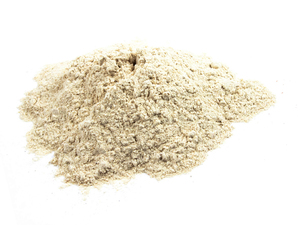 Koi in a Japanese mud pound get a lot of natural minerals, which very often are missing in a concrete pond. These minerals provide better growth, good structure and a healthy immune system!
Koi in a Japanese mud pound get a lot of natural minerals, which very often are missing in a concrete pond. These minerals provide better growth, good structure and a healthy immune system!
Let’s start the story at the beginning, when I was a boy in Japan and I would drink water from the tap. Nowadays, like most people, I hardly will drink tap water and choose bottled “mineral” water instead. Why? We drink mineral water not only because it looks healthy, but because we know our body needs the extra minerals.
This is the same reason that Champion Koi breeders add mineral rich clay to their koi care routine that emulates the mud ponds in Niigata, Japan.
You might wonder: How to use koi clay in ponds? Can’t I just throw some average mud in there? I wouldn’t recommend this, as not all clay/mud is created equally. Luckily, you will learn more about the benefits of koi clay for your pond in this article.
How koi clay improves water quality and fish vitality?
Table of Contents About Koi Clay:
- What minerals are important to my koi fish?
- Why do koi need minerals in water, when they can get it from food?
- What koi health problems do minerals prevent?
- How do you deliver minerals to koi? How do I use clay? What are the dosages?
- KoiNendo Powder from Akita, Japan or Montmorillonite or Bentonite Clay? Is there a difference?
- Is it true that clay remove toxins from the water and solve common koi health problems?
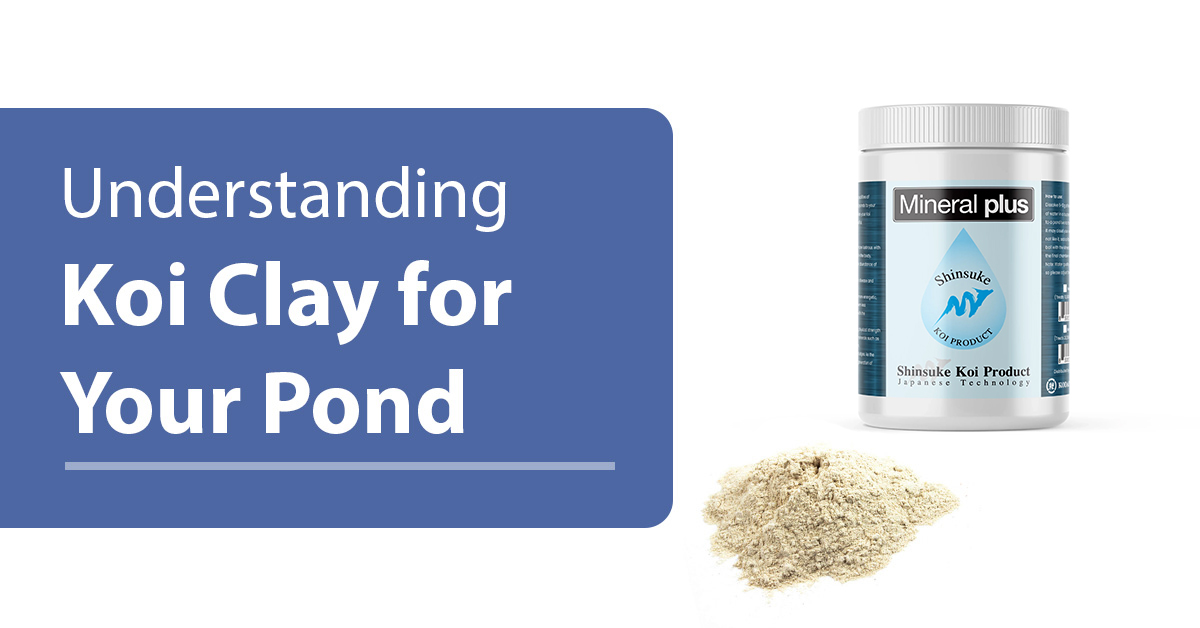
What minerals and Koi Health Supplements are important to my koi fish?

All living animals require five major nutrients –
- Protein, carbohydrates, fats, vitamins, and minerals.
While proteins are building blocks for muscle tissue, carbs are the main source of energy, and fats store the energy, vitamins, and minerals support the function of all of the above. Even though vitamins and minerals are rich in koi food, the food by itself, like our human diets by themselves, are not always sufficient to promote normal growth.
Humans obtain minerals by eating plants, animals, and drinking water where minerals are dissolved from the earth. Koi generally live in a highly sterile environment, far removed from natural sources of minerals like they would have in the wild. Our human bodies cannot produce minerals naturally, and neither can your Koi fish. So, for this reason, your doctor advises you to take a daily multivitamin to supplement your diet. In Niigata, Japan, all the champion breeder’s koi get minerals from the natural clay ponds.
For koi pond water quality improvement, Kodama Koi Garden’s Koi Clay Products and Japanese koi health supplements can help. These products are specifically designed to enhance koi immune systems with minerals, mimicking the benefits of natural environments.
Minerals and vitamins will provide proper function of the metabolism and protect against certain diseases. They are critical to balance and maintain body function for all animals, as they support the function of the heart, metabolism, and building bones/teeth.
If you’re searching for high-quality koi supplements or products for your pond, explore the Kodama Koi and Pond Supply page to find everything you need.
or…. Looking for quality koi? Visit our koi farm site online to buy koi for sale.
Why do koi need minerals in water, when they can get it from food?
Minerals can not be produced internally by animals, so your koi must bring minerals in from outside. This leaves only 2 sources of minerals for your koi – food and water.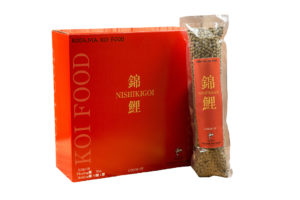
Choosing high quality koi food for growth and color does provide much of the valuable minerals that koi fish need. But, water should not be overlooked as it is a very critical source of minerals. We drink mineral water, which has minerals already dissolved. Pond water, most of the times, come from city tap water. where the minerals vary on the source of water. The treatment of water is usually deficient as it is highly filtered and sterilized several times before it reaches your faucet.
Additional Pond Minerals Benefits | How Minerals Make Koi Grow Bigger
Your koi may be in good health in crystal clear water, but that doesn’t necessarily mean the water is healthy – it could still be mineral deficient.
After all, it is very difficult to determine if our koi are getting enough minerals or not, until they start showing signs of poor health.
What koi health problems do minerals prevent?
Lack of minerals in your water could cause the following health problems…
According to a chart of “Demanded quantity of Vitamins and Minerals for carp and its deficiency” (Sato, 1991, NRC 1993), the following are the major issues of Koi due to the lack of minerals:
- Growth defects
- Abnormality of Bone structure
- Low feed efficiency
- Increases of Visceral fat
- Poor appetite
- High mortality rates
- Abnormal swimming
- Cataracts
- Anemia
- Short bodies
In our own testing, the feeding efficiency of our Kodama Koi Food is about 68.4%, which is quite an amazing number already. By adding extra minerals, the feeding efficiency went up to 82.5%!
**feeding efficiency is a measure of efficiency to convert feed mass into increased body mass**
The bottom line is, if koi are not taking enough minerals, they will have health problems. When they have health problems, they do not look beautiful. When they do not look beautiful, we have problems, don’t we?
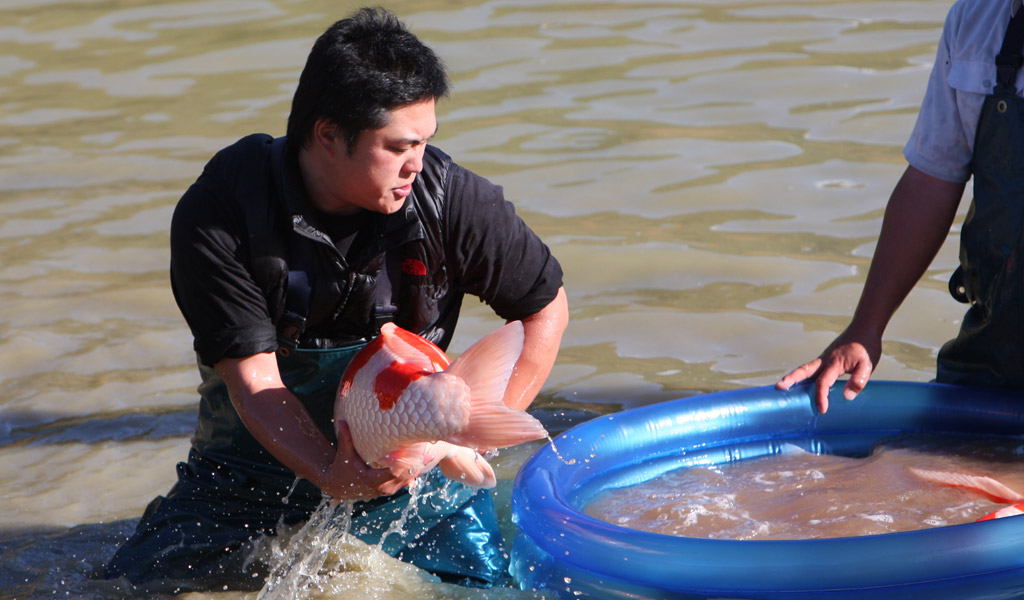
Commonly asked questions about Koi Clay
Let’s dive into the details on koi clay questions that will help you learn more on the topic!
How do you deliver minerals to koi? How do I use koi clay? What are the dosages?
Koi in nature live in natural lakes. Koi eat worms with Minerals (Clay) at the bottom, which strengthens Koi’s organs and make koi healthy inside and out.
There are three possible ways to assure koi are getting the right minerals.
-
- Feed fresh and quality food
- Change water often
- Add minerals with clay
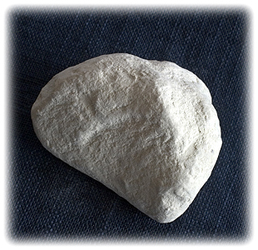 Just one of the three will not solve all the problems. I recommend combinations of the three. Make sure your food comes from a trusted brand and is fresh enough. Please change water at least 10-20% a week. And then finally consider adding a Clay product to your koi pond.
Just one of the three will not solve all the problems. I recommend combinations of the three. Make sure your food comes from a trusted brand and is fresh enough. Please change water at least 10-20% a week. And then finally consider adding a Clay product to your koi pond.
How to Use Mineral Plus – Dissolve 5-10g of Mineral Plus/265 gallons of water in a bucket and add the solution to a pond two to three times a week. It may cloud your water a little. If you do not like it, add a little water and make a ball with the Mineral Plus. Put the ball into the final chamber of the filter system.
Note: Water quality is different in each area so please adjust the quantities as needed.
Net 400g – Treats 10,600 to 21,200 gallons
Please contact us with any more questions about dosing / using koi clay.
Mineral Plus or Montmorillonite or Bentonite Clay? Is there a difference?
In my understanding, bentonite clay contains montmorillonite clay. So bentonite clay is not 100% pure clay. Some competing koi clay products uses bentonite clay and claim it is the same and cheap. Finding 100% purity of minerals is rare. It is found in specific locations across the globe and is sometimes named after the location that it was harvested. In the koi world, there are many clay products. Most use Montmorillonite clay as their main ingredients. The clay of course is very rich in minerals. The clay also attracts and absorbs toxic subjects like ammonia to purify water.
DEFINITION FROM WIKIPEDIA – “Montmorillonite is a very soft phyllosilicate mineral that typically forms in microscopic crystals, forming a clay. It is named after Montmorillon in France. Montmorillonite, a member of the Smectite family, is a 2:1 clay, meaning that it has 2 tetrahedral sheets sandwiching a central octahedral sheet. The particles are plate-shaped with an average diameter of approximately 1 micrometre. It is the main constituent of the volcanic ash weathering product, Bentonite. Montmorillonite and Bentonite’s water content is variable and it increases greatly in volume when the absorbs water. Chemically Montmorillonite is hydrated sodium calcium aluminum magnesium silicate hydroxide (Na,Ca)0.33(Al,Mg)2(Si4O10)(OH)2·nH2O. Potassium, iron, and other cations are common substitutes; the exact ratio of cations varies with source. It often occurs intermixed with chlorite, muscovite, illite, cookeite and kaolinite.” Learn more about the difference
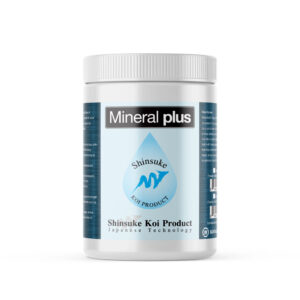 Even though this is not a human product, this certain type of clay is so valuable that it has been used by humans to cure common maladies with skin, digestion, etc. for thousands of years.
Even though this is not a human product, this certain type of clay is so valuable that it has been used by humans to cure common maladies with skin, digestion, etc. for thousands of years.
Every summer, breeders in Japan release and raise koi in mud ponds. You will be amazed how big and beautiful these koi will come out of the mud ponds. The body is big. The color is vibrant. The skin is lustrous. The secret we found was in the clay.
The clay in these mud ponds in Niigata were rich in Montmorillonite clay. In Japan it has been a common practice for koi hobbyists who want their koi to grow healthy and beautiful to add clay to their ponds especially and in the USA it is especially important because these koi are often in artificial liners or concrete ponds.
Among all the clay products, it is natural that there are various grades and purity. When you use the clay products, please use the trusted and proven ones from Japan.
Is it true that clay remove toxins from the water and solve common koi health problems?
Yes! Collectively, these minerals keep the water clean and further help to supply good nutrition.
By dissolving slowly into the water through an ion exchange system and in the same process lowering the levels of less welcome compounds also dissolving into the water, such as decaying organic materials thus minimizing the spread of bacterial diseases.
Benefits of Koi Clay
- Boost immune system
- Accelerate growth
- Improve water quality
- Enhance color
- Detoxify and absorb nitrates
- Improve fish health
These natural remedies using Mineral Plus are necessary elements to keep koi healthy, improves water quality, restricts the increase of decaying organic material raising levels of bacterial diseases, thus maintaining your koi in a much more healthy environment, and Shinsuke Mineral Plus also ensures the colors of the Koi to come up well.
Best Selling Koi Clay Product In Japan!
Koi are moved from house ponds into mud ponds from the beginning of May each year. Why are they moved?
1. To promote koi growth in such a vast surrounding.
2. Avoiding heating too much during summer.
3. Keeping the koi in water that includes many minerals so that the koi skin will be bright.

There are other reasons but we aimed at those above and started to develop new products based on them. We believe that koi feed on zooplankton and phytoplankton, and that plankton naturally contains minerals. One of the strong points of keeping koi in mud ponds is that mud pond water includes plankton, which has plenty of minerals, making it the best environment for koi. What’s more, the minerals from the mud itself, are also very important for koi. On the basis of the above, we aimed to add minerals into pond water, to make pond water the same quality as mud pond water.
We experimented with our Mineral plus at five koi farms and results were excellent. After four to six weeks the SUMI on both Showa and Shiro varieties improved. This was even though we developed Mineral plus not for SUMI, but for it to produce the best environment by improving water quality. In fact, the skin of many of the koi turned out to be brighter and polished once the koi breeder added Mineral Plus into their ponds. We would love for you to use our Mineral plus for making your koi more beautiful.
Shinsuke Mineral Plus is a mixture of natural minerals and trace elements, but it’s most unique by the extra micro minerals.

This must be the reason why koi fish grow fast in murky clay mud pond
Try this product in your pond. You will be happy
Hi, is it pointless to add this to your pond if your pump system is just gona suck it up within an hr & it all ends up In Your filter? I use it, but I feel it all ends up in my filter. Unlike a mud pond. Am I throwing my money away?
Can I add in monmorillamite clay after 2 hours of adding Microbe Lift bacteria in my pond? Will it crash as 2 are added together?
I’m starting up raising goldfish again never heard of this stuff before. Do you think Koinendo will help with my goldfish?
Hello Mark,
I believe so. I have not used this for goldfish, but because Koi and goldfish are both fish, I assume goldfish would benefit from Koi Nendo, too. At least I do not believe it would harm to your goldfish
Hi dear friend…You have a very good site
Thank you
it was amazing post. thank you for share
As always you cover every question the reader feels like all the questions are addressed
Thank you very much for reading
Does the clay clog filters?
Hi Chris, it depends on which products. There are several clay products on the market. This Koi Nendo clay does not clog filters.
What would be cost per month for a 6000 gallon pond?
Thank you for your question. If you use Koi Nendo, according to the manufacturer, you may need 3 buckets of 10lb or so. However, I think what is more important is the consistency. I think it is OK to put a few cups at a time, but it is the best to continue the application.
How often and how much clay should be added to a pond based on size of the pond
Hi Wes
from the label of the product,
“HOW TO USE
Add 2 oz. of KoiNendo powder to each 250 gallons every 2-3 days. Initially KoiNendo will cloud the water, but it will clear up. It is recommended to dilute KoiNendo with water and add the dissolved solution into your pond.”
From my experience,
the use can be less, but what is important is to be consistent.
It is not chemical. So you will not see the result overnight.
You need to keep using it
Can this be used in a fish tank with American cichilds.
I am sorry I do not know. But it is a natural clay. So I think it will do OK with them, in the worst case, it will not do any harm.
Hello Kodama Koi Farm, my name is Sher Lee. I’ve been working with kois for 2 years now and am hoping to open a koi farm here in the U.S. one day. My goal as of now is to encourage young folks like myself to appreciate the beauty of nishikigoi and hoping one day americans can compete with japanese breeders on a same level. Knowing that it may take much more work to raise such jewels here in the U.S. i’m totally up for the challenge. Check my youtube account at ‘MyNiigata Official’ if you’d like to see more of my journey. Now to the main subject of why i’m here, i’ve used montmorillonite clay before but the clays are sold by Microbe-Lift company and the reason being is that they are much cheaper. I seem to have positive results from the clay, but after seeing the Koinendo clay and knowing that it’s from japan originally, I am almost convinced to test the product myself. Only thing is that the price range is out of my budget plus shipping would add up. Is there a way I can get my hands on these magic clays with a better deal for the 10 lbs? I’m really wanting to test out the product for a longer duration because i’m sure it beats most clays out there. Anyways hope to hear from you soon! Thank You.
Hi Sher, thank you very much for your comments. It is always pleasure to meet new Koi people and I am glad you enjoy this hobby so much that you even think about becoming a professional. I looked at your youtube channel. Great job!
I have a 1200 Gallon Koi pond, how often should I use KoiNendo?
Hello
About 10 oz every 2-3 days according to the manufacturer. I think even once a week will do. In my opinion, consistency is the key
I’ve been using API pond salt, just purchased some clay, Should I sill use the salt with the clay or should I use the clay only?
Hello, there is no need to use salt and clay together. If the pond is healthy, I do not think you need salt. Please use only clay. That is my recommendation
Thanks
We have good quality Bentonite both calcium and sodium available for sale . Please express your needs and partner with us in the expansion of your business
Can I use clay in winter
Sure you can
Good day. Do you have a supplier for Koinendo here in the Philippines?
Is this clay obtained in an environmentally responsible way? Is it a renewable resource, and is the workforce protected and paid fair?
Where can I buy Kodama clay